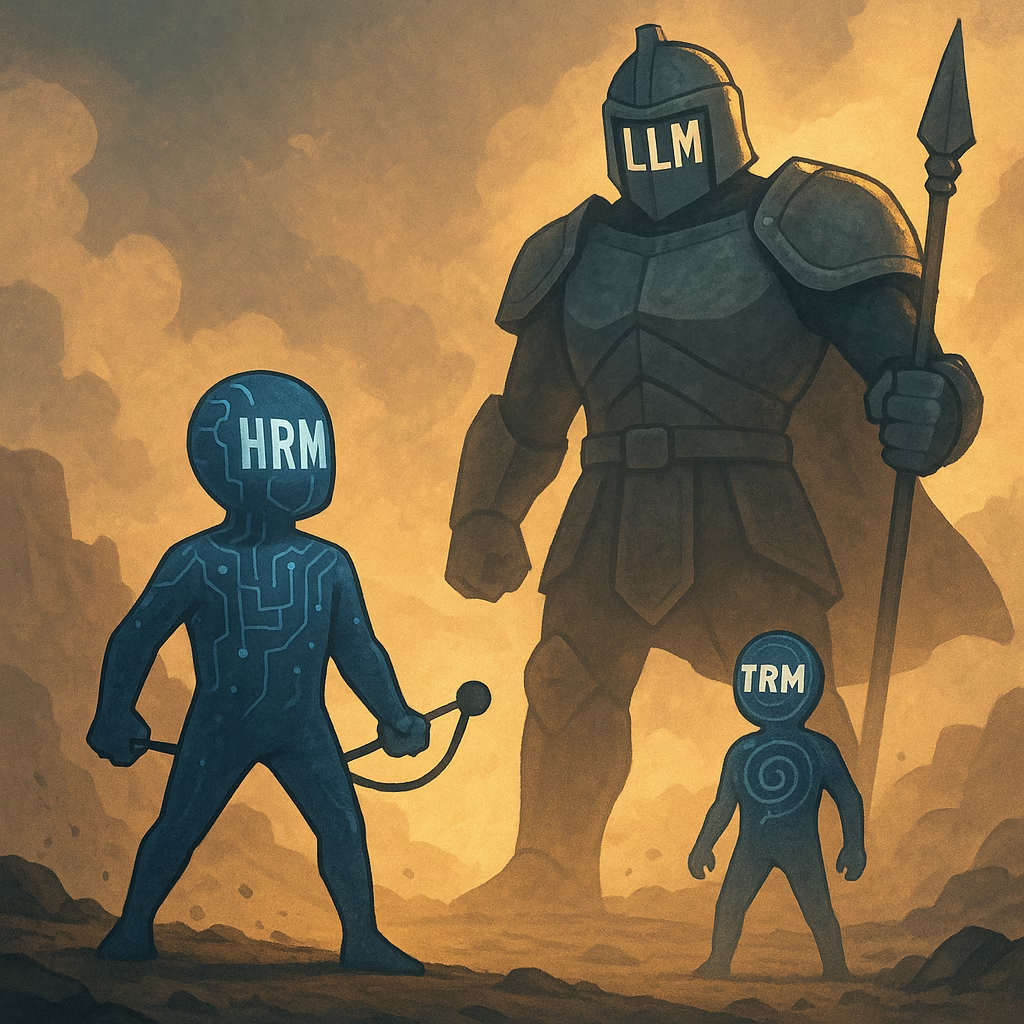Emergent Hierarchical Reasoning in LLMs Through Reinforcement Learning
Discover how reinforcement learning enables hierarchical reasoning in LLMs and how HICRA improves on top of GRPO.
Emergent Hierarchical Reasoning in LLMs Through Reinforcement Learning Read More »









